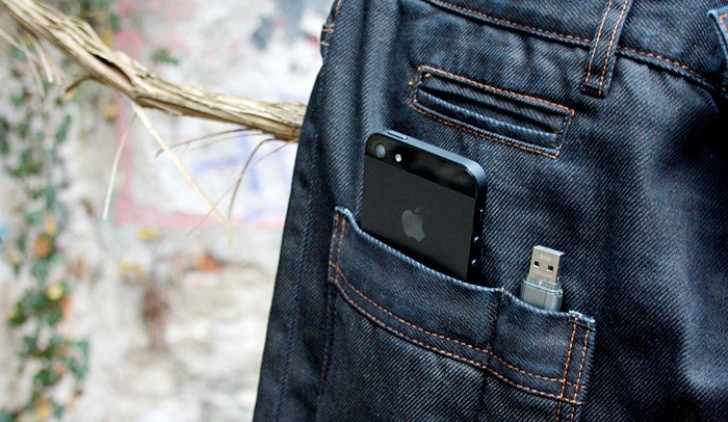Since the era of “everything powered by electricity” has started, scientists all over the planet are constantly looking for new methods to improve the way we harness power, whether it’s the sun or static energy. This new fabric proved that the charge, which is similar to what is produced when you comb your hair, can be harnessed and used to power LEDs, a liquid crystal display and a car’s keyless entry fob.
The point of this project is more than obvious, gadgetry is becoming a huge part of our lives, but the fact that we are dependent to the batteries powering them is kind of holding us back. Published recently in the journal ACS Nano, a team of scientists from Korea and Australia has reported they are working on a first durable, flexible cloth that harnesses human motion to generate energy.
According to American Chemical Society, it appears this new material can also self-charge batteries or super-capacitors without an external power source and make new commercial and medical applications possible. The new material is based on the emerging technology of “triboelectric nanogenerators” or TNGs, which harvests energy from everyday motion.
Based on this, the researchers - scientists from Sungkyunkwan University in Korea and the University of Wollongong in Australia – created a new fabric out of a silvery textile coated with nanorods and silicon-based organic material.
They constructed a four-layer cloth and when they applied pressure on it, the generated energy was used to power light-emitting diodes, a liquid crystal display and a car’s keyless entry remote. What’s even more impressive is that the new material worked for more than 12,000 cycles.
Imagine going for a morning jog and charging your phone at the same time. Even better, thing of how handy this new fabric could be in the wild while trekking the woods. Not to mention the tremendous medical applicability. Could this be used to charge your electric skateboard while you walk? Theoretically it might work, but we’ll have to wait and see, don’t we?
According to American Chemical Society, it appears this new material can also self-charge batteries or super-capacitors without an external power source and make new commercial and medical applications possible. The new material is based on the emerging technology of “triboelectric nanogenerators” or TNGs, which harvests energy from everyday motion.
Based on this, the researchers - scientists from Sungkyunkwan University in Korea and the University of Wollongong in Australia – created a new fabric out of a silvery textile coated with nanorods and silicon-based organic material.
They constructed a four-layer cloth and when they applied pressure on it, the generated energy was used to power light-emitting diodes, a liquid crystal display and a car’s keyless entry remote. What’s even more impressive is that the new material worked for more than 12,000 cycles.
Imagine going for a morning jog and charging your phone at the same time. Even better, thing of how handy this new fabric could be in the wild while trekking the woods. Not to mention the tremendous medical applicability. Could this be used to charge your electric skateboard while you walk? Theoretically it might work, but we’ll have to wait and see, don’t we?
